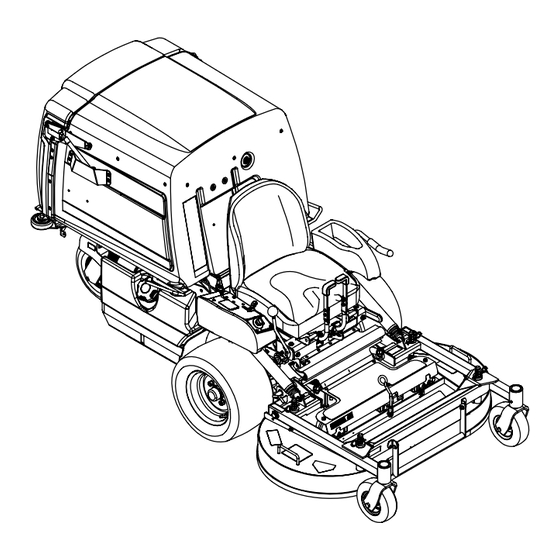
Table of Contents
Advertisement
Quick Links
Register at www.Toro.com.
Original Instructions (EN)
Z Master
®
Mower
With 42in and 48in Cutting Unit
Model No. 74314—Serial No. 400000000 and Up
Model No. 74316—Serial No. 400000000 and Up
Model No. 74318—Serial No. 400000000 and Up
Model No. 74319—Serial No. 400000000 and Up
Form No. 3466-575 Rev A
8000 Series Riding
*3466-575*
Advertisement
Table of Contents













Need help?
Do you have a question about the 74314 and is the answer not in the manual?
Questions and answers